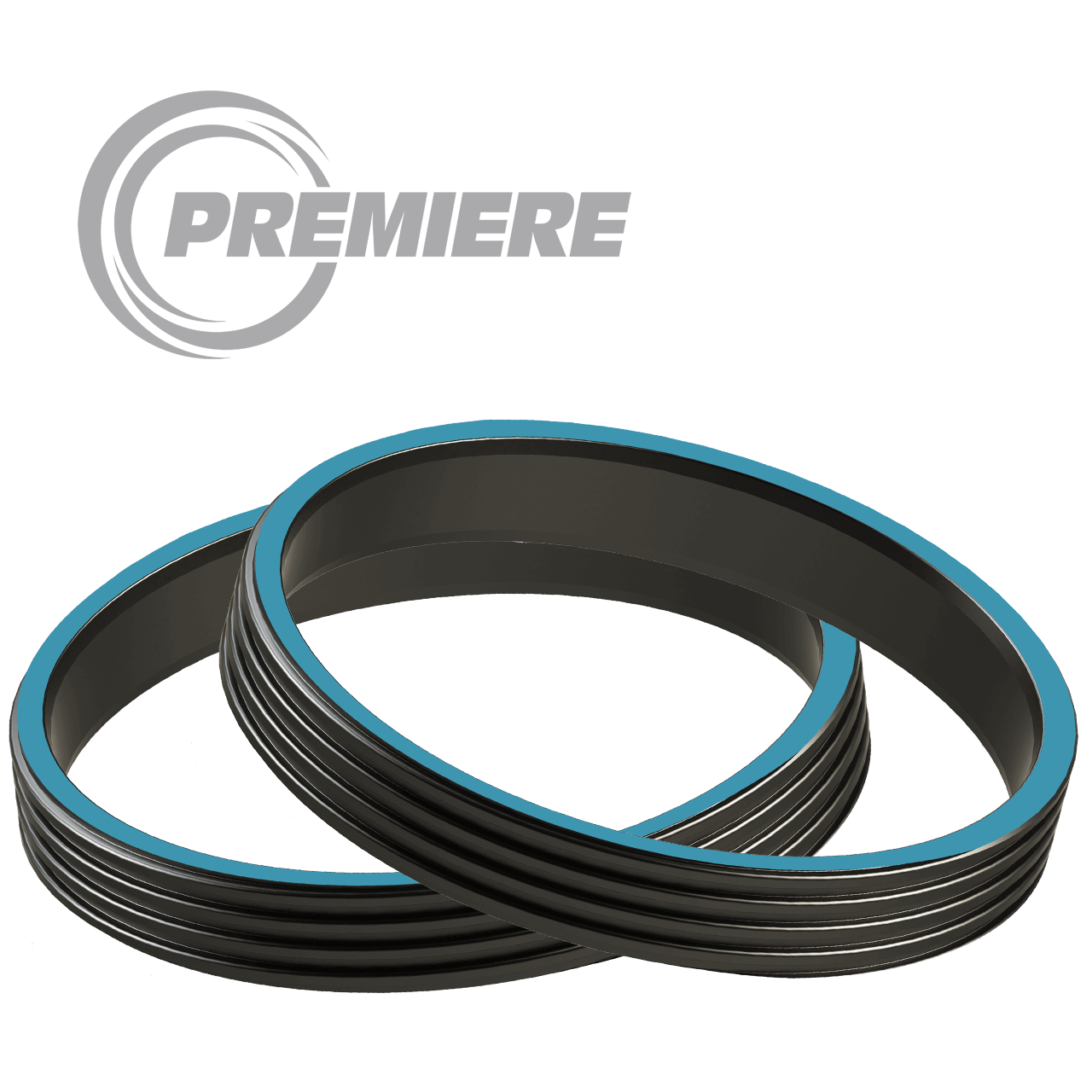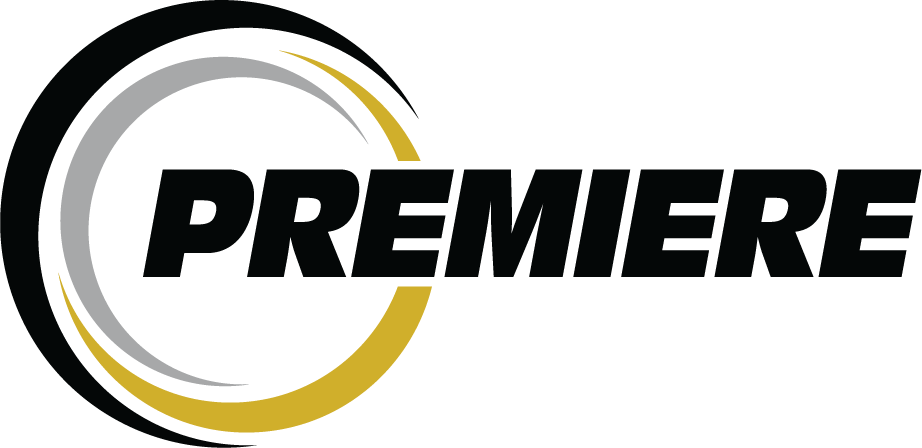How Do Torque Rings Operate?
When the pin hits the centered ring, the torque ring acts as a jam nut, rotating the collar if necessary. This function gives you a centered, and balanced connection. The greater the torque, the greater your ability to get through tight spots, hitting your target depth in casing operations. Additionally, you can rotate with torque rings during the cementing phase, which can offer you better cementing, and optimized production.
What Should I Be Looking for When Buying a Torque Ring?
Features the maximize the Benefits:
- A threaded OD produces up to two times the torque yield of torque rings that conform to collar threads. When you’re searching for a torque ring, you want to find one with a threaded OD. This treading gives you a greater cross sectional area, and 100% metal engagement.
- A circular, non-stressed design makes a torque ring stronger, and better able to handle stress than torque rings with oblong shapes.
- A torque ring made of P-110 or greater rated steel, with API specifications, is more durable than torque rings made from L-80 grade tubing.
- A torque ring that can be installed on location before the job without special tools makes your workload that much easier. Some torque rings require handheld hydraulic tools to compress the ring into the collar, but torque ring tools are not necessary.
- A smooth ID should be on your torque ring to mitigate the risk of collar failure due to washout. While traditional API piping can’t protect against this failure, a smooth ID covers exposed threads.
Ready to get started with torque rings? Give a Premiere Inc. representative a call to see how the Premiere torque ring (PTR) can minimize your costs. An FEA comparison of Premiere Inc.’s torque rings shows that Premiere Inc.’s model can balance your connection positionally, while relieving failing hoop stress, better than other company models. View more information about Premiere Inc.’s Torque Rings and other services.

